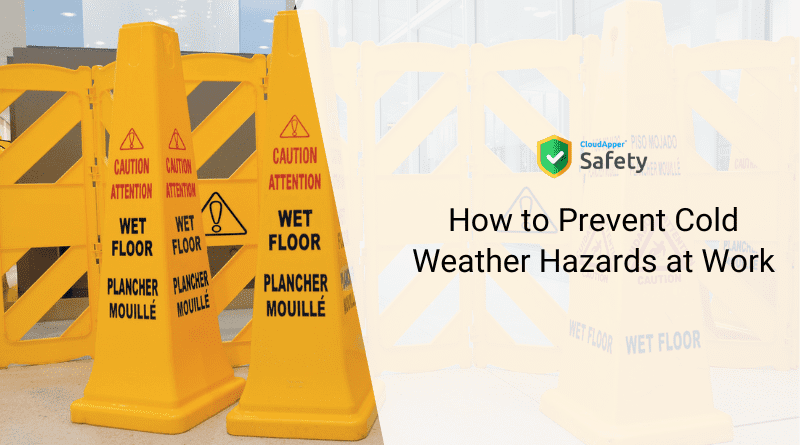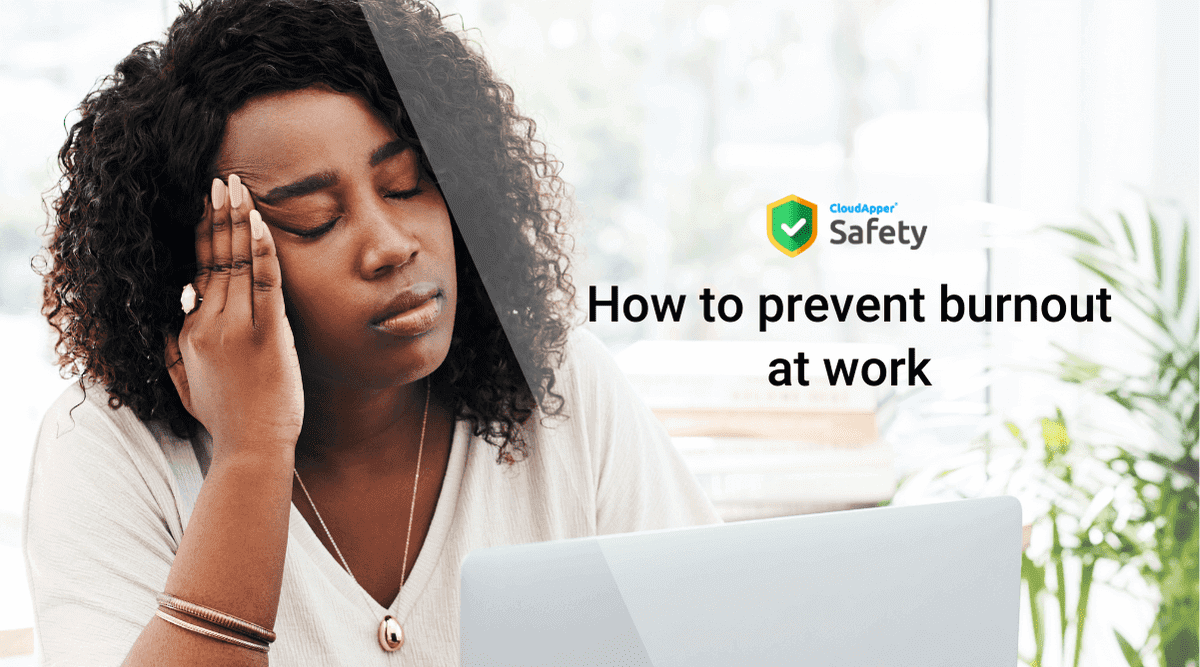No matter how much you hate it but it’s obvious that winter cannot be avoided. However, it is the legal responsibility of employers to guarantee that safety laws are in place and that staff members are properly trained and prepared for challenging cold weather hazards, as winter brings new possible health concerns and hazards that must be identified and addressed.
Working in the cold and rain
Colder, darker days have the biggest effect on the construction and surveillance industries. Companies must implement new safeguards and risk assessments to provide pleasant and safe working conditions and thus avoid cold weather hazards.
How does the cold affect physical work?
Manual handling is difficult with stiff fingers and limbs. Workers who use their hands must still be able to operate machinery and tools without restrictions. Therefore, it is crucial to put on gloves as soon as the temperature drops below 4°C.
Different gloves may be used for different situations, and some materials work better for specific tasks.
Workers must take frequent breaks to avoid being too cold. Doing so also prevents dangerous infections, such as frostbite.
Cold metal surfaces should be labeled wherever possible, as they can cause frostbite and other damage. Installing smart signs that display warning messages when temperatures drop below a certain level can also help you figure out when to take action.
The impact of rain on working conditions
Slipping is a threat posed by rain, snow, frost, and falling leaves. Thus, companies must ensure that walkways are made of slip-resistant materials to minimize accidents and potentially costly civil claims. Existing shortcuts should be turned into suitable routes as walking on wet dirt or grass presents risks of slipping.
When paths become icy or snow-covered, companies must grit them. Grit can be washed away by strong rain, so do so both before and after rainfall. If you don’t have the time or energy to grit, at least put up warning signs.
When it comes to determining whether or not working conditions are comfortable, measuring temperatures alone is ineffective, as wind and rain can significantly worsen conditions. When the body is wet, it loses 25 to 30 times more heat than when it is dry.
Thus, businesses must:
- Provide staff training on proper attire for the weather, wet weather clothing, and changing areas;
- Make sure staff members are wearing several layers, as opposed to just a few heavy ones.
Employees will be sweating underneath top layers in a job that requires physically demanding labor. To lower the risks of diseases, wet layers should be removed during breaks. Always have emergency supplies, blankets, and rain shields available.
Staying inside – Working in the office during winter
Office workers and outdoor laborers are both impacted by the decrease in temperatures and daylight hours.
Having the sniffles
It is especially easy to catch a cold during the transitional months of November and December. Wash communal crockery properly and frequently with soap to avoid the spread of viruses. Both will prevent the spread of bacteria.
Make sure to regularly let fresh air in as dry air can cause your eyes to itch and your throat to feel dry. Visible thermometers should be installed in the office as temperatures shouldn’t fall below 16°C.
When using a computer, hands can become very chilly very fast. During lunch, employees must have free access to hot beverages and a hot, healthy meal.
Although we sometimes crave carbohydrates and fats in the winter, we still need veggies and fruits as much as we do in the summer. It is recommended to offer healthy options in the cafeteria or an office fruit basket as a lack of vitamins can lead to exhaustion and loss of attention.
Experiencing chronic back pain
People who already have problems like arthritis, stiffness, or painful joints realize that winter makes these worse. It is important to take these conditions seriously because they impact workers’ well-being and productivity. Daily exercise helps ease the pain.
A healthy sleeping pattern, energy level, and stress level are maintained by exercise. Huge companies may have a workplace gym, but if not, why not provide gym discounts to employees to motivate them to exercise?
Feeling Down
Wintertime fatigue is typical. It’s more difficult to get out of bed, you might feel sleepy during the day, and because of the early sunset, you might start to lose focus. Your brain produces less melatonin when there isn’t enough sunlight, which makes you feel exhausted.
Ensure that the office’s curtains and blinds are open, and try to spend as much time as possible outside, even if it’s just for a small walk during lunch break. Move your desk closer to the window if possible.
People with mental health issues like depression or seasonal affective disorder (SAD) may struggle to concentrate, be unproductive at work, or even put themselves in danger. Mental illness should also qualify for sick leave, not just physical ailments. Making staff come up with excuses makes it harder to feel understood and safe at work.
Are we ready for winter challenges?
Overall, there is no set standard for identifying hazards and handling them. Every workplace and business faces a unique set of problems, necessitating unique solutions and implementations. All businesses have the constant obligation to follow health and safety laws. Employers will consider high breaching fees and unpleasant PR disasters in the event of an accident.
The only way to be sure that a business is following health and safety laws and that employees are adequately taught and informed is to conduct a professional risk assessment.



















